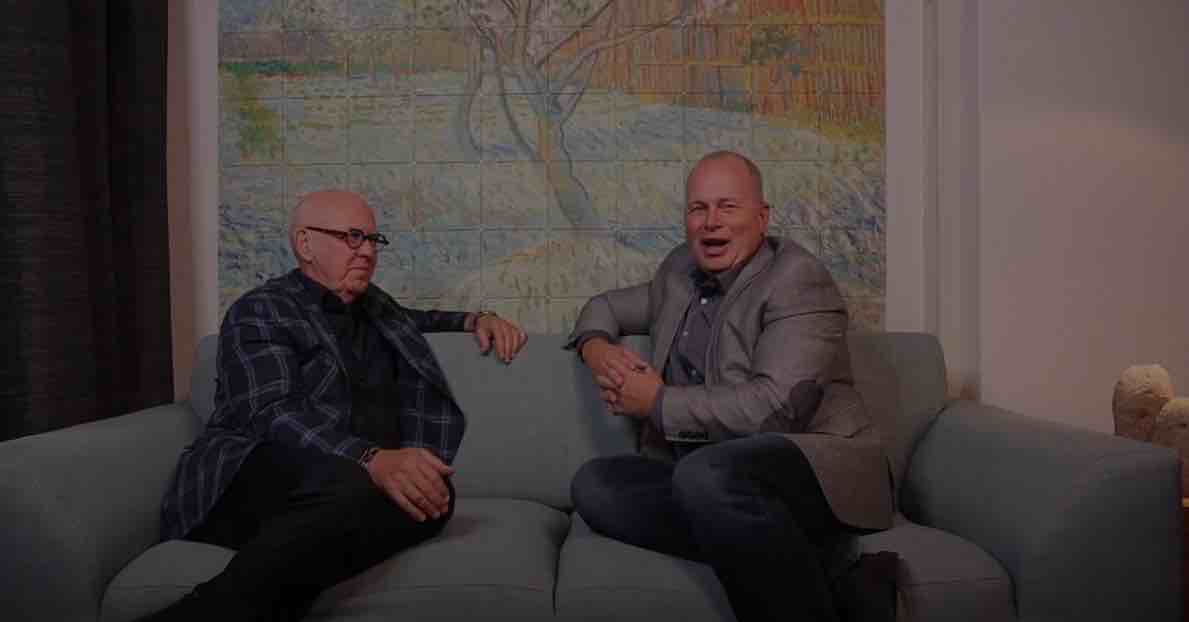Gerard Coops, Managing Director of HuReMa Consulting in the Netherlands, discusses the fact in a recent survey 80% of CEOs revealed they do not have the talent within their organization to execute on their current strategies. Because I found this disturbing, I wanted to dig deeper into what Gerard believes we can do to correct this leadership failure.
JH: Gerard, let us attack the obvious first question about this stat; how do you think we go there?
GC: That’s an interesting question, I think the first thing to happen is the CEO’s themselves need to look in the mirror and decide if they are a part of the system that ha failed the organization or do they believe they just inherited it. There is nothing wrong with themselves (which, of course, is cynical because we have to look at this in all honesty and say CEO’s shame this blame).
JH: And what do you think are some solutions to help us get out of this dilemma?
GC: I think leadership is not about one person. Looking into the past, for example, in the area of physics, people knew everything about the subject, it was a matter of fact within the community. However, at this moment in time, it’s impossible to know everything. I think it’s the same with leaders. So leadership in itself, in my opinion, is a process. No one is an actual authority in leadership. You can not know everything; therefore, you build experts around you.
Focusing on that, I remember an article from Wilford Grant. Wilford talked about leadership as a process and creating direction, alignment, and commitment. This “process” is not performed only by one leader, but rather by the leadership team. Direction is all of your team, knowing where they are going as an organization. Alignment is all of the organization aligned correctly to function as designed. Commitment is gaining buy-in from the members and having an “all-in” mentality.
Imagine if one of the three is missing: imagine alignment is missing as an example. When your organization is misaligned, you end up fighting against each other and can never achieve organizational harmony. You can also think about examples of missing direction, or missing commitment within the workplace. And it’s different in different cultures.
JH: So you bring up a good point that is often overlooked. Today’s leaders should be thinking from a global perspective and be sensitive to the diversity of cultures within the organization.
GC: If you have a global enterprise, then the different cultures will create unique styles within the process of direction, alignment, and commitment. This is why diversity and the ability to comprehend the power of it is necessary. You will do it in a different way than I would. I think we can help each other out. It’s no longer saying; I don’t have the people. It could be that they are already there, but you may not have a connection with them. The modern leader embraces these challenges and turns them into opportunities. More teamwork in leadership, and less “I’m the leader.”
JH: I’d love your opinion on how technology plays into this?
GC: Virtual teams are a fascinating dynamic. It’s a real challenge. Extensive research is being done at this very moment on the effectiveness of virtual meetings and, of course, how to adapt in this environment. From a human-centric perspective, the failure of many leaders in a virtual environment is that they start the meeting immediately and miss the human connection. Why not start with small chit chat (like you probably would in an in-person scenario. As the team may be dispersed over many time zones, have a conversation on a personal level to show that you understand the challenges of the virtual meeting space, etc. I think that’s an essential part of leading. Out of your three main “process” points, maybe I’m applying my personal opinion, but the connection is probably one of the most important of those three points. The point of it all is to start the process, and the team will make it more reliable as you develop into it.
Key Leadership Takeaways:
- “The rule of three”- Direction, Alignment, Commitment
- Leadership is a team sport, find others that balance you out and help expose blind spots.
Leader Action Plan:
- If you are a globally positioned leader. Work hard to understand the different cultures and embrace the power of this diversity.
- Organizations need to be refreshed from time to time in their processes. When was the last time you took a look at yours?
What are your thoughts on Gerard’s perspectives? Please post your comments below and let us begin building a tribe of people who have a passion for followership, mentorship, and leading!







